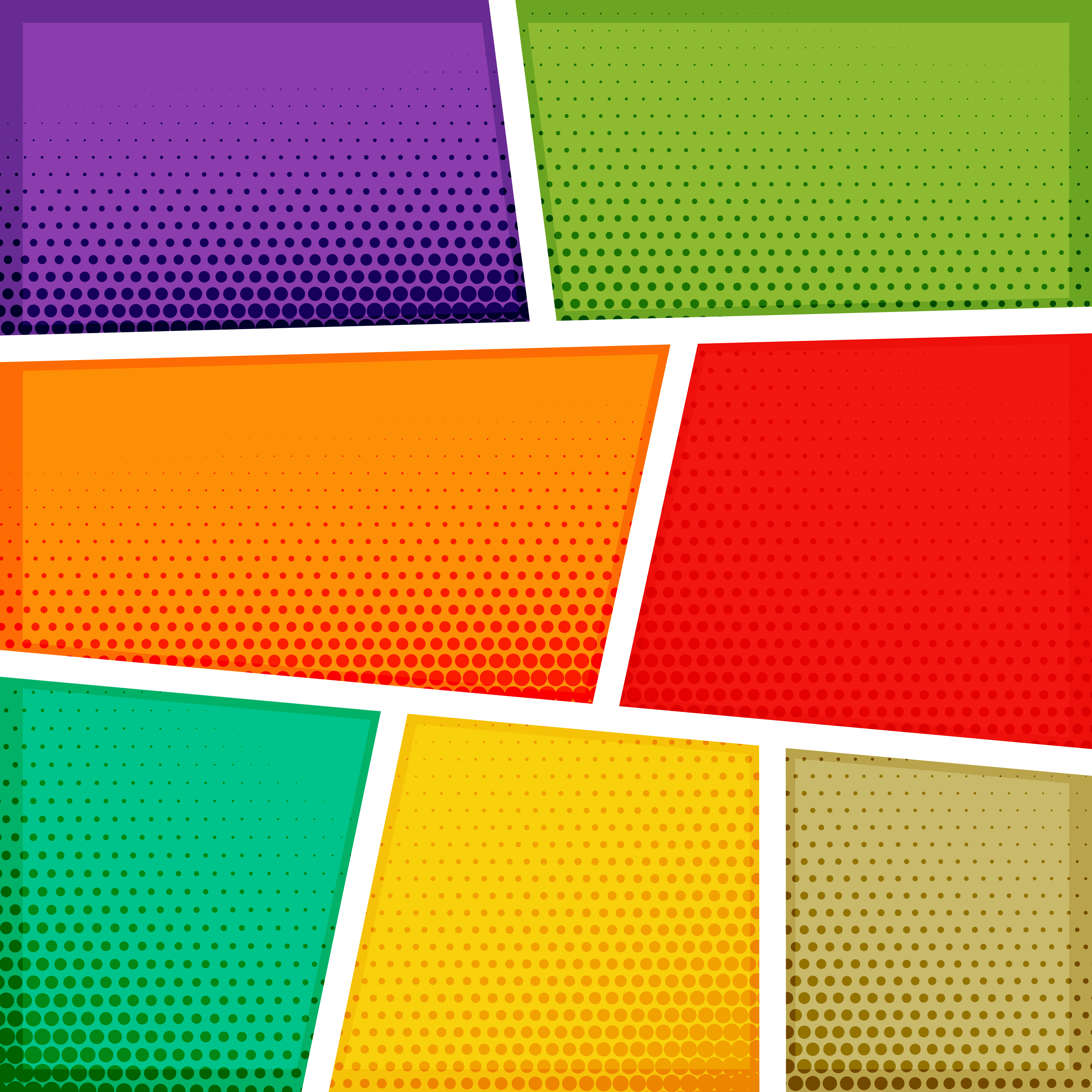

It’s perhaps not the most sophisticated solution, but it makes the character “pop” and that’s often all you need.Ī “riff” is a graphic shortcut. Don’t try to think realistically of where the light would be coming from or how the perspective would look, just treat it as a nice shape to liven up your drawing.Ī color gradient – or in this case just a grayscale one – can sometimes make it out for an actual background. Some shadows – from a window, a tree or other objects nearby – is a great way of showing us what is outside the frame while avoiding to draw it all together. It’s a cheap trick but it works every time! Hint or show part of an object or shape and our minds will fill out the rest.
Simple comic book background pro#
Pro tip: If you let elements poke in from the sides it lets us know there is more outside the frame. The outline of whatever is behind your characters can be quite enough – and a LOT quicker to draw! So if the scene takes place in a living room, just black out the shape of the lamp and a couch, if it takes place in the woods, black out tree trunks and leaves. If you place your characters against a wall or another big surface (like the sky!), a few rightly placed lines will give the illusion that we’re still in the place you showed us in the establishing shot (usually a wide shot in the first frame to establish the room or setting we are in, who is present, where the door is, stuff like that). If you start with a good establishing shot and learn these 5 hacks, you can get away with very little background drawing! 1: Structure Do you have to draw backgrounds on every panel? The short answer is no.


 0 kommentar(er)
0 kommentar(er)
